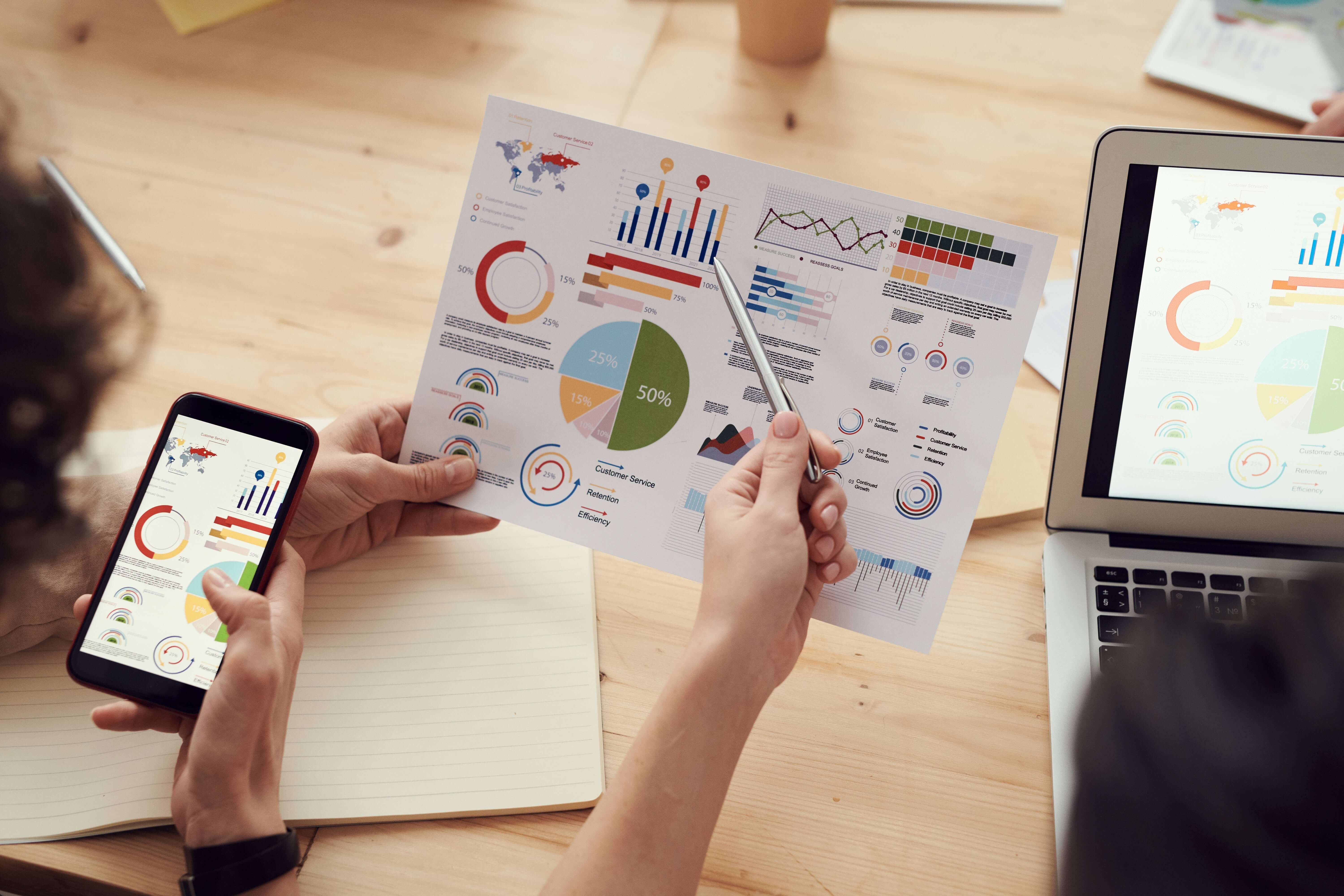Table of Contents
Data Science Roles And Responsibilities
As one of the most innovative, in-demand roles on the market, data scientists will be responsible for taking the power of data for predictions and decisions.
This article will look into what a data scientist does, from mining structured and unstructured data and extracting useful information to using advanced algorithms and technologies like machine learning and artificial intelligence (AI) for decision-making.
Who is a Data Scientist?

A data scientist is a professional who analyzes and interprets complex datasets. They will utilize advanced analytics tools, algorithms, and machine learning techniques to make predictions and decisions from vast amounts of data.
Data scientists may also use data analytics, data visualization, database management, and data engineering skills to help organizations make informed business decisions.
What are the Roles Of a Data Scientist?
| Data Scientist | Data Engineer | Data Analyst |
| The main goal of Data Scientist is the innovative display of data. | Whereas, data Engineers will look into the techniques and construction of data more appealingly. Their main objective is to advance the data consumption. | Data Analyst will focus the optimization of scenarios. Eg: how can an employee improve their company’s growth. |
| They do both supervised and unsupervised learning of data. Such as the Classification of data and neural networks. | They are supposed to work in the back end. Additionally, they will optimize the machine learning algorithms. | Data Analysts are involved in cleaning of raw data and interpreting an visualize the data. |
| Skills are Python, R, SQL, Pig, SAS, Apache, Hadoop, Java | Skills of Data Engineer are MapReduce, Hive, Hadoop, Pig , techniques | Their Skills are Python, R, SQL, SAS |
What are the Responsibilities of Data Scientists?

a. Collecting, cleaning, and analyzing data
Data scientists will collect, clean, and analyze large amounts of data from various sources. They will investigate patterns and relationships between variables to identify trends or correlations. The tasks they have to undertake are :
- Cleaning data on a spreadsheet
- Organizing data into data frames in Python
- Applying statistical packages in R to analyze data
b. Developing predictive models
We know that after the data is collected and organized, the data scientist will create predictive models and is used to forecast trends or results. These models show machine learning algorithms to find deeper insights into datasets.
Several models are improved and updated to remain valuable. Some examples are :
- Building a simple clustering model on Tableau
- Running machine learning algorithms on Apache Spark
c. Enhancing existing analytics platforms
Data scientists will improve existing analytics platforms by adding new features and capabilities such as:
- Natural language processing (NLP)
- Advanced search features
- AI-based recommendation systems
d. Creating data visualizations
Data scientists will create visual representations of their data analysis results. These visualizations will help the end user understand and analyze the findings examples of such visualizations may include:
- Sharing charts using a Streamlit dashboard data app.
- Building Tableau dashboards to represent data.
- Plotting quick and simple graphs on Jupyter Notebooks to share among the data team.
e. Developing algorithms
Data scientists use programming languages like Python or R to create algorithms, automating tasks such as data cleaning, feature engineering, or model selection. This automation minimizes manual work, making processes more efficient for organizations.
f.Translating technical concepts into non-technical language
The data scientist plays a crucial role in making technical concepts clear to non-technical users. They need to explain complex analysis results in a way that everyone can easily understand. This skill ensures effective communication between technical and non-technical teams.
What are the Data Scientist tools?
Common tools used by data scientists are the following:
- Python and R: programming and statistical analysis
- SQL databases: querying and managing data
- Tableau or Matplotlib: creating data visualizations to communicate findings
- scikit-learn or TensorFlow: developing machine learning and AI models
- Apache Spark: processing large datasets in a distributed computing environment
Conclusion
This article summarizes the roles and responsibilities which is needed for a Data Scientist. Hence, this can allow those data science aspirants to understand the requirements for building their careers in data science.
Data Science Roles And Responsibilities-FAQs
Q1. What is the important role in data science?
Ans. Data scientists play a crucial role in helping companies interpret and manage data, tackling complex problems using expertise in various data niches. They typically possess a solid foundation in computer science, modeling, statistics, analytics, and mathematics, combined with a strong business acumen.
Q2. What are the tasks of data science?
Ans. A data scientist’s role involves collecting extensive data, analyzing it, isolating key information, and using tools like SAS, R programming, Python, etc. to extract insights. These insights are then applied to enhance business productivity and efficiency.
Q3. What is the primary role of a data scientist?
Ans. A data scientist is an analytics professional tasked with collecting, analyzing, and interpreting data to inform decision-making within an organization. Their role revolves around transforming data into actionable insights that contribute to strategic and informed choices for the business.
Hello, I’m Hridhya Manoj. I’m passionate about technology and its ever-evolving landscape. With a deep love for writing and a curious mind, I enjoy translating complex concepts into understandable, engaging content. Let’s explore the world of tech together

